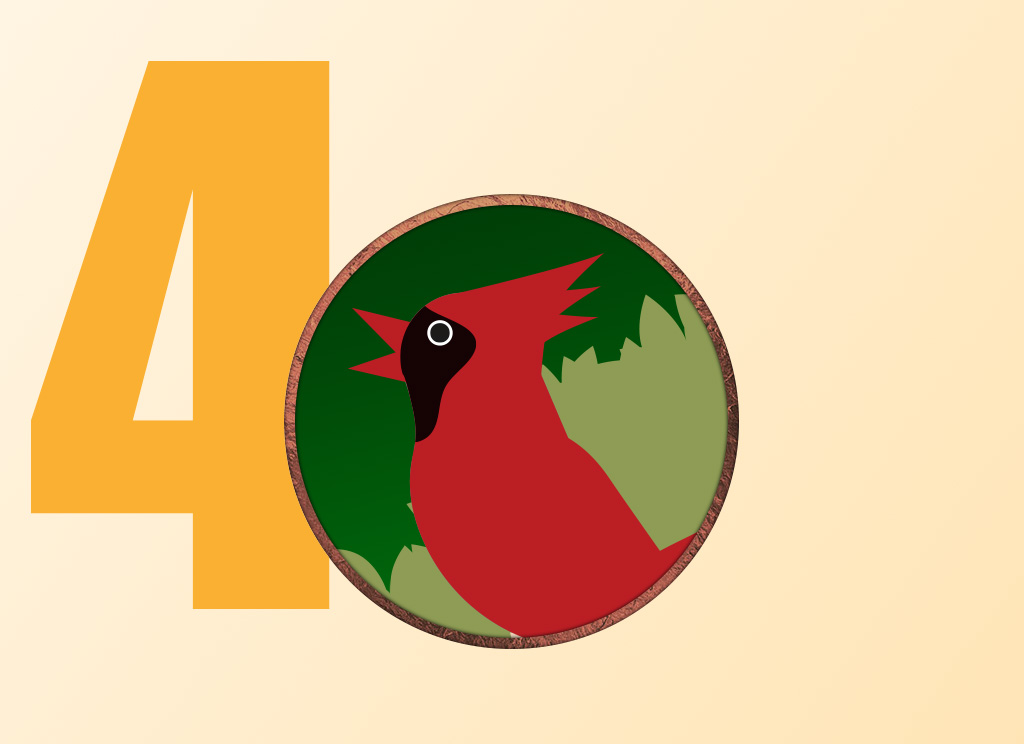On the fourth day of Christmas my true love gave to me, four calling birds
The four calling birds bring to mind the four Gospels: Matthew, Mark, Luke and John.
We are truly blessed to have the Four Gospels. They each give us a unique view of Jesus and His Mission.
The first three Gospels are known as the Synoptic Gospels. It appears to some scholars that Matthew and Luke (and perhaps Mark) all used the same source, which they call Q, a first-century document that has unfortunately been lost to time. However, this explains the many similarities in these three Gospels. Matthew and Luke tell us about the birth of Christ. All three tell of Jesus ministry, but they each have a slightly different “take” on Jesus.
For instance, Mark focuses on Christ as the Suffering Servant (foretold by the prophet Isaiah.) Matthew sees Jesus as the foretold Messiah, the King of the Jews. For Matthew, Jesus is the new giver of the Law. Luke’s view of Jesus is that of the Divine Physician, the healer of both physical and spiritual ailments.
The Gospel of John is a completely different book. Stylistically, it is nothing like the other three Gospels, which tend to tell a straightforward story about Jesus. John’s Gospel, by comparison, is almost poetic; the beginning of this Gospel sounds more like a hymn than a story. John’s writing contains eight “I Am” statements from Jesus (such as “I Am the Bread of Life.) The early Jewish audience would recognize this as the name God gave Moses when Moses was in front of the burning bush: God replied to Moses: I am who I am. Then he added: This is what you will tell the Israelites: I AM has sent me to you. (Ex. 3:14)
None of the Gospels are very long. In fact, you can probably read an entire Gospel in an evening or two. As we continue to celebrate the Nativity of Our Lord, why not spend some time reading one of the Gospels, and praying that you get to know Jesus more and more.
[From the United States Conference of Catholic Bishops: “The liturgical season of Christmas begins with the vigil Masses on Christmas Eve and concludes on the Feast of the Baptism of the Lord. During this season, we celebrate the birth of Christ into our world and into our hearts, and reflect on the gift of salvation that is born with him…including the fact that he was born to die for us.” There are, however, the traditional “12 Days of Christmas,” captured in the song of the same title. Some claim the song was meant as catechism of a sort, written and sung for nearly 300 years of British persecution of Catholics. We will be using both the song and the Church’s liturgical calendar to celebrate the Christmas season. We hope you enjoy.]

